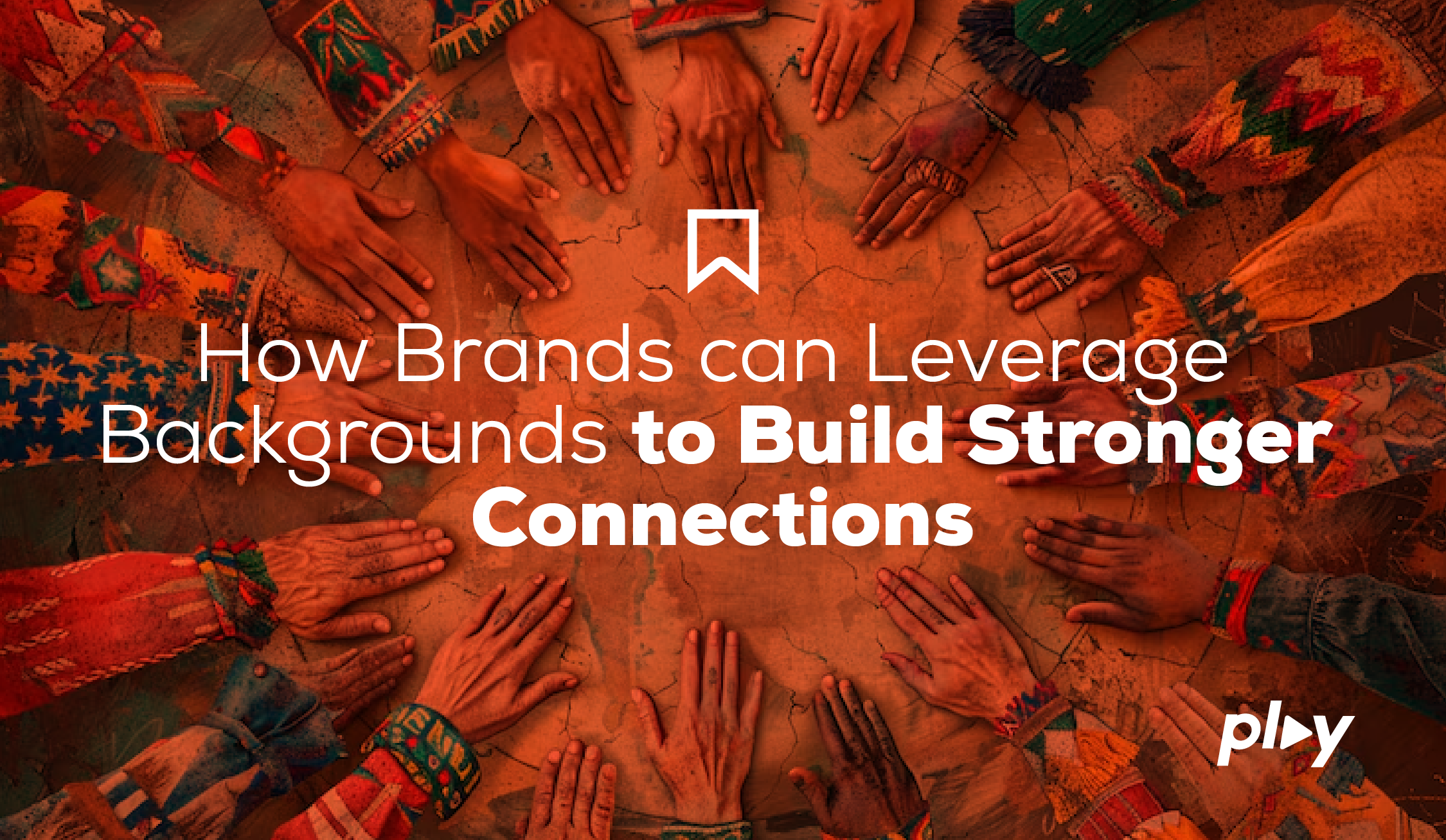Build Better Teams. Build Better Marketing.

Let’s cut to it:
If your marketing team all thinks the same, sounds the same, and grew up the same—you’re not just creatively limited. You’re strategically exposed.
Because marketing, at its best, is the business of human connection. And you don’t connect with real people by recycling the same perspective. You connect by understanding the nuances of your audience—and building a team that actually gets them.
Your Marketing Team Is a Competitive Advantage. Or a Liability.
At PLAY Creative, we don’t just look at portfolios when we build teams—we look at point of view.
Why? Because creativity without context is just noise. What turns a good campaign into a high-performing one is the insight behind it. And insight comes from lived experience, cultural awareness, and the ability to see the world differently than your competitors do.
You don’t get that with cookie-cutter hires.
You get that by assembling diverse, cross-functional teams that push each other, challenge assumptions, and build sharper strategies.
Here’s what we’ve found:
- Campaigns built by mixed-discipline, culturally fluent teams perform 30–50% better in reach and engagement.
- Teams that bring in outside perspectives during concepting see faster time to optimization because they reduce blind spots up front.
Client retention climbs when teams reflect the same variety as the markets they’re selling into. It creates faster trust and better results.
Perspective Is a Hard Skill
In marketing, people treat creativity and strategy like separate buckets. They’re not. Strategy dies in a vacuum. Creativity dies in groupthink.
The real differentiator in modern marketing is cognitive diversity—teams made up of people who approach problems differently, come from different industries, geographies, upbringings, languages, subcultures, work styles.
That’s not soft-skill stuff. That’s performance infrastructure.
When we staffed a national campaign recently, we didn’t just ask, “Who’s the best copywriter?” We asked, “Who understands how this audience actually lives? Who can catch the detail we’d miss? Who brings a completely different lens than our baseline team?”
That campaign broke benchmarks across the board.
Tighter Teams Make Tighter Messaging
Here’s what happens when your team all shares the same background:
You build what you would respond to. You use language you think is clever. You make assumptions you don’t even know you’re making.
Now multiply that across hundreds of campaigns a year. That’s a slow bleed of relevance.
But when your team includes voices that represent the full spectrum of the audience—rural, urban, working class, immigrant, Gen Z, Gen X, technical, creative, tactical, visionary—you stop guessing. You start building campaigns that resonate on the first try.
That saves money. That drives leads. That builds stronger brand equity, faster.
This Isn’t About Inclusion. It’s About Precision.
To be clear: this isn’t about doing the right thing. It’s about doing the smart thing.
In 2025, where marketing is shifting fast and consumers expect relevance at speed, perspective is your edge.
- You want to localize better? You need people who live there.
- You want to engage new segments? You need people who know them.
- You want to cut through saturated channels? You need ideas that don’t look like everyone else’s.
You want better marketing?
Build a better team.
Because you don’t solve creative gaps with more ad spend. You solve them with perspective.
Final Word: The Talent Is the Strategy
At PLAY, we build high-performance marketing teams like startups build product teams—intentionally, strategically, and with zero tolerance for sameness.
Because in our world, creativity isn’t a luxury. It’s an outcome.
Of the right people, in the right room, working on the right insight.
And if your marketing isn’t connecting, don’t start with the media spend.
Start with the team.
James Spitler
CEO, PLAY Creative
Want to audit your marketing team structure or creative process? Let’s talk. We’ll help you build teams that aren’t just more “diverse”—they’re more dangerous to your competitors.
